
Introducing the Incredible Benefits of a Primary Air Handling Unit!
- By:ren
- 2022-12-09
- 29
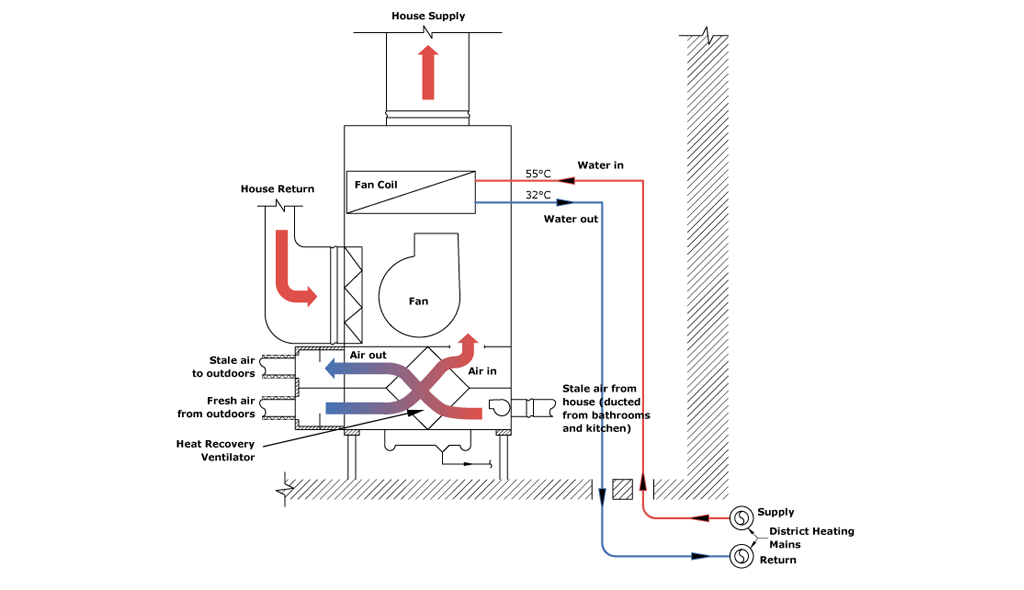
Are you looking to improve the air quality in your home or office? Are you interested in finding a way to reduce energy costs and improve efficiency? If so, you’ve come to the right place. Introducing the incredible benefits of a primary air handling unit!
A primary air handling unit (PAHU) is a device that is used to filter, clean, and circulate the air in a building. It is typically installed in the attic or basement of a home or commercial building, where it is responsible for regulating the temperature and humidity levels.
In this blog post, we’ll take a closer look at the benefits of a PAHU, how it works, common features, how to select the right unit, and more. Let’s dive in!
What is a Primary Air Handling Unit?
A primary air handling unit is a device that is responsible for regulating the temperature and humidity levels in a building. It filters, cleans, and circulates the air, improving the air quality in the process. It is typically installed in the attic or basement of a home or commercial building.
The primary air handling unit is made up of several components, including a fan, filter, humidifier, and heater. These components work together to remove dust, pollen, and other airborne pollutants from the air, as well as regulate the temperature and humidity levels in the building.
Benefits of a Primary Air Handling Unit
There are many benefits of installing a primary air handling unit in your home or office. Here are just a few of the most notable ones:
- Improved air quality: The PAHU removes dust, pollen, and other airborne pollutants from the air, resulting in cleaner, fresher air that everybody can enjoy.
- Increased energy efficiency: The PAHU helps to regulate the temperature and humidity levels in the building, reducing the amount of energy needed to keep the building comfortable.
- Cost savings: By reducing energy costs, the PAHU can help you save money on your monthly energy bill.
- Reduced noise: The PAHU is designed to be quiet and efficient, meaning you won’t have to worry about loud noises coming from your heating and cooling system.
How a Primary Air Handling Unit Works
The primary air handling unit is made up of several components, including a fan, filter, humidifier, and heater. The fan draws air into the unit, where it is then filtered to remove dust, pollen, and other airborne pollutants. The air is then heated or cooled, depending on the season, and circulated throughout the building.
The filter is responsible for trapping dust, pollen, and other airborne pollutants, preventing them from entering the building. The humidifier adds moisture to the air, helping to regulate the humidity levels. The heater helps to keep the building warm in the winter, and the air conditioner helps to keep it cool in the summer.
Common Features of a Primary Air Handling Unit
Primary air handling units come with a wide range of features, making them suitable for a variety of applications. Here are some of the most common features you’ll find on a PAHU:
- Variable speed fan: This feature allows you to adjust the speed of the fan, allowing you to save energy and money.
- Adjustable temperature control: This feature allows you to set the temperature to the desired level, allowing you to keep the building comfortable.
- Humidifier: This feature adds moisture to the air, helping to regulate the humidity levels in the building.
- Filter: This feature removes dust, pollen, and other airborne pollutants from the air, resulting in cleaner, fresher air.
How to Select the Right Primary Air Handling Unit
When selecting a primary air handling unit, there are a few factors you’ll want to consider. Here are some of the most important ones:
- Size: The size of the PAHU will depend on the size of the building. Make sure to choose a unit that is the right size for your needs.
- Efficiency: Look for a unit that is designed to be energy-efficient. This will help you save money on your energy bills.
- Features: Make sure to choose a unit that has the features you need, such as a variable speed fan, adjustable temperature control, and a humidifier.
- Cost: Don’t forget to consider the cost of the unit. Make sure to shop around and compare prices to find the best deal.
Common Uses of a Primary Air Handling Unit
Primary air handling units are most commonly used in residential and commercial buildings. They are typically installed in the attic or basement of a home or office building, where they are responsible for regulating the temperature and humidity levels, as well as filtering the air.
Primary air handling units can also be used in industrial settings, such as factories and warehouses. In these settings, the unit is responsible for controlling the temperature and humidity, as well as helping to remove dust and other pollutants from the air.
Best Practices for Operating a Primary Air Handling Unit
When operating a primary air handling unit, it’s important to follow the manufacturer’s instructions. Here are some best practices to keep in mind:
- Regularly check and replace the filter: The filter should be checked and replaced every 3-6 months, depending on the manufacturer’s instructions.
- Clean the unit regularly: The PAHU should be cleaned on a regular basis to remove dust, dirt, and other debris.
- Monitor the temperature and humidity levels: Make sure to monitor the temperature and humidity levels in the building on a regular basis.
- Keep an eye on the fan: Make sure to keep an eye on the fan to make sure it is running efficiently.
Troubleshooting a Primary Air Handling Unit
If you’re having trouble with your primary air handling unit, here are some troubleshooting tips to help you get it working again:
- Check the filter: Make sure the filter is clean and free of any debris.
- Check the fan: Make sure the fan is running efficiently.
- Check the temperature and humidity levels: Make sure the temperature and humidity levels in the building are within the manufacturer’s specifications.
- Check the connections: Make sure all of the connections are secure and in good condition.
- Contact a professional: If the issue persists, contact a professional HVAC technician to diagnose and repair the issue.
The Cost of a Primary Air Handling Unit
The cost of a primary air handling unit will depend on a variety of factors, including the size, features, and efficiency of the unit. On average, you can expect to pay anywhere from $1,000 to $4,000 for a PAHU.
Conclusion
There you have it—a closer look at the incredible benefits of a primary air handling unit! From improved air quality and increased energy efficiency, to cost savings and reduced noise, there are many benefits to installing a PAHU in your home or office.
Keep in mind that when selecting a primary air handling unit, you’ll want to consider the size, efficiency, features, and cost. And make sure to follow the best practices for operating the unit, and contact a professional if you’re having trouble troubleshooting the issue.
With the right primary air handling unit, you can enjoy improved air quality and energy efficiency, as well as cost savings. So what are you waiting for? Invest in a PAHU today and start enjoying the benefits!
-
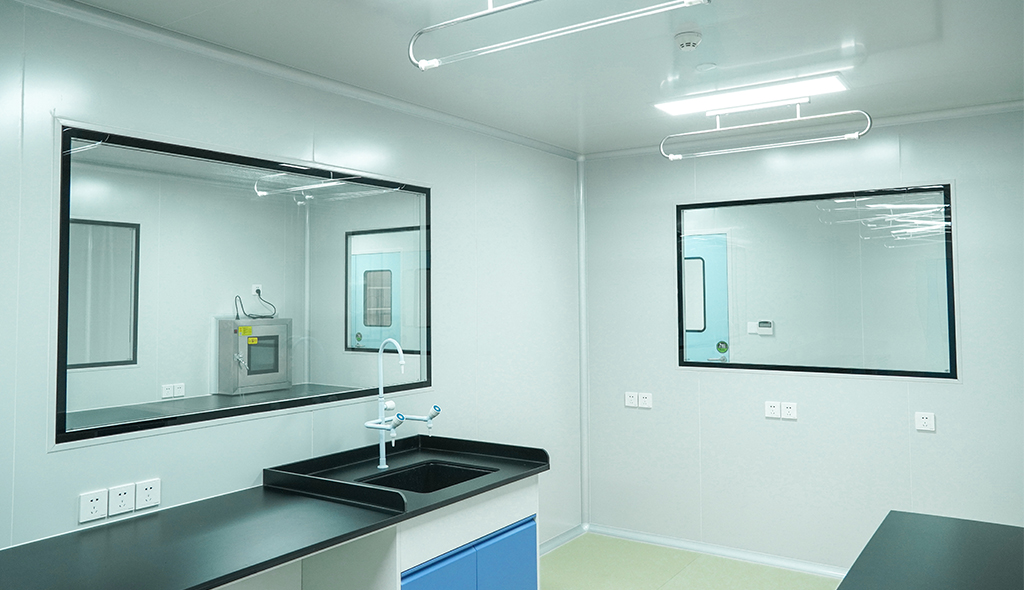 Cleanroom Glass Windows Are The Key to Maintaining a Clean Environment
Cleanroom Glass Windows Are The Key to Maintaining a Clean Environment -
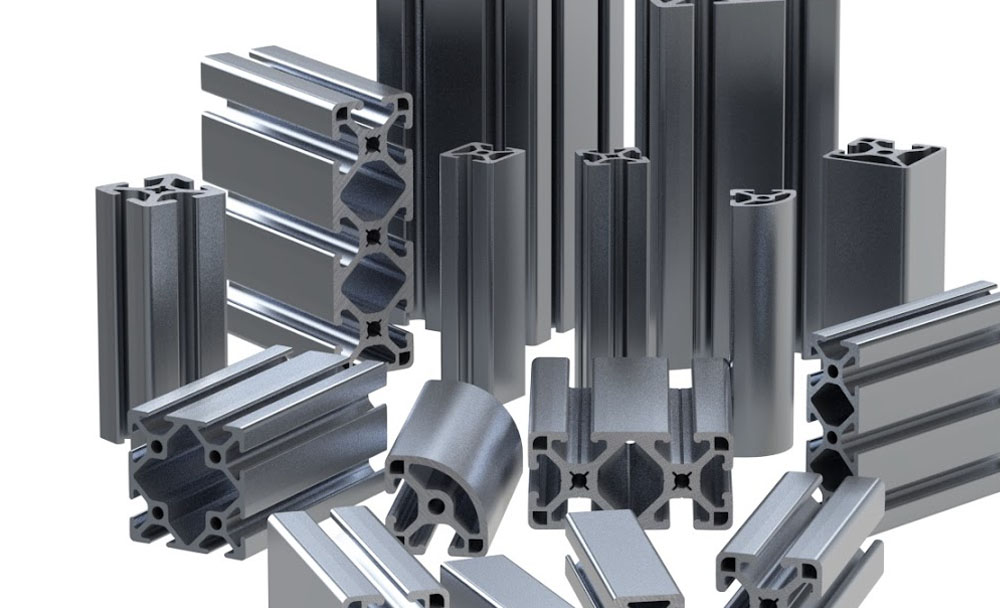 Top Aluminium Profile Manufacturers in China: Leading the Global Market
Top Aluminium Profile Manufacturers in China: Leading the Global Market -
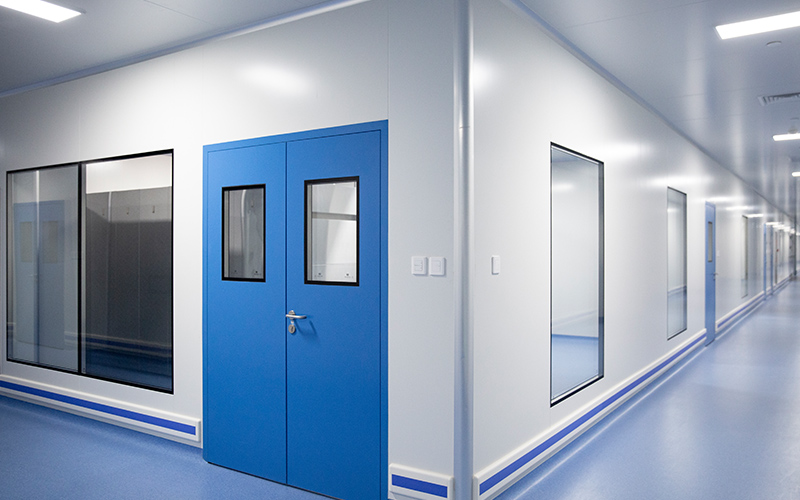 The Evolution of Air Tight Sliding Doors
The Evolution of Air Tight Sliding Doors -
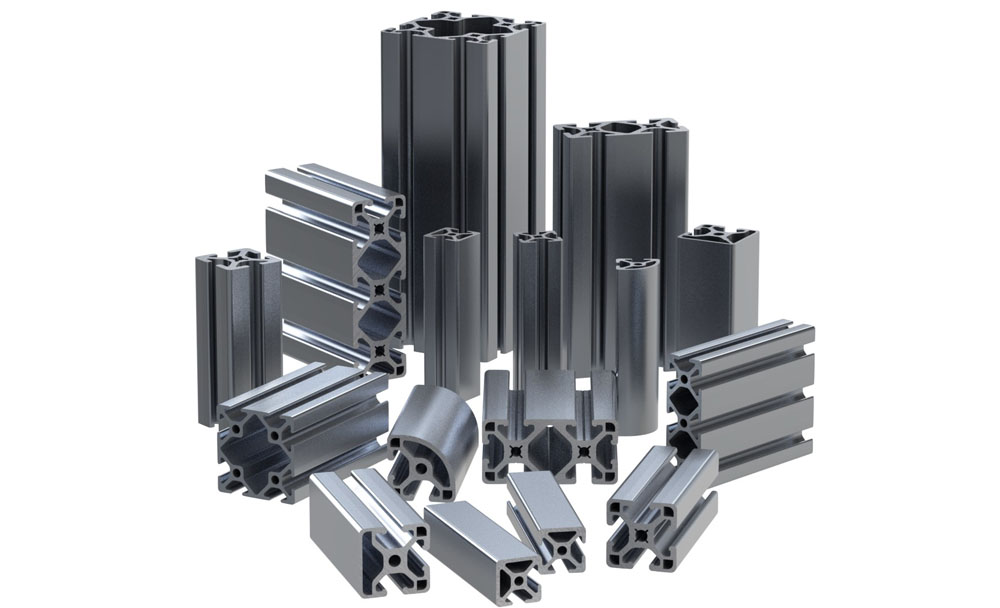 AHU Aluminium Profile: A Comprehensive Guide
AHU Aluminium Profile: A Comprehensive Guide -
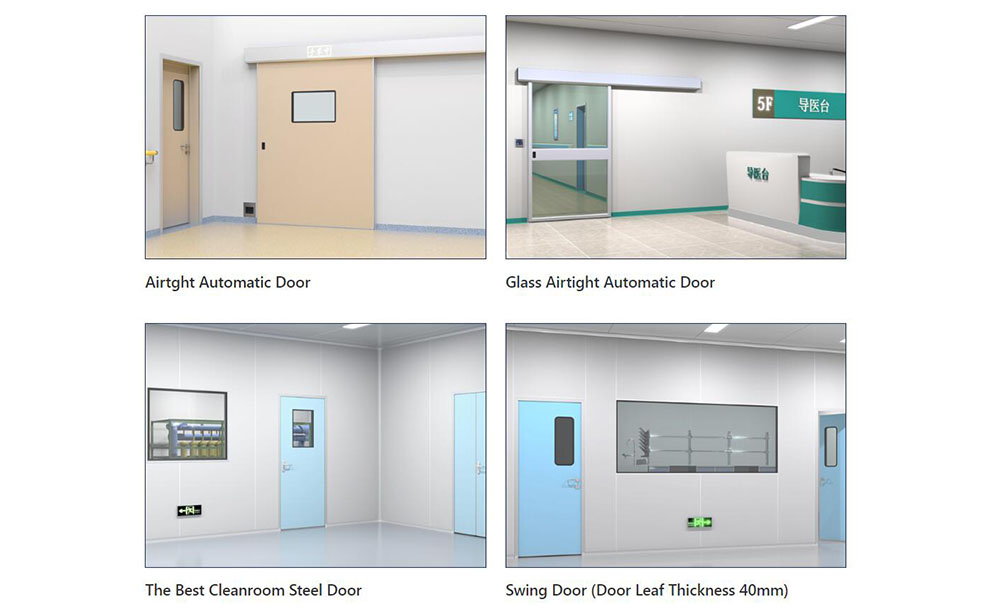 The Importance of Choosing the Right Cleanroom Door in Vietnam
The Importance of Choosing the Right Cleanroom Door in Vietnam -
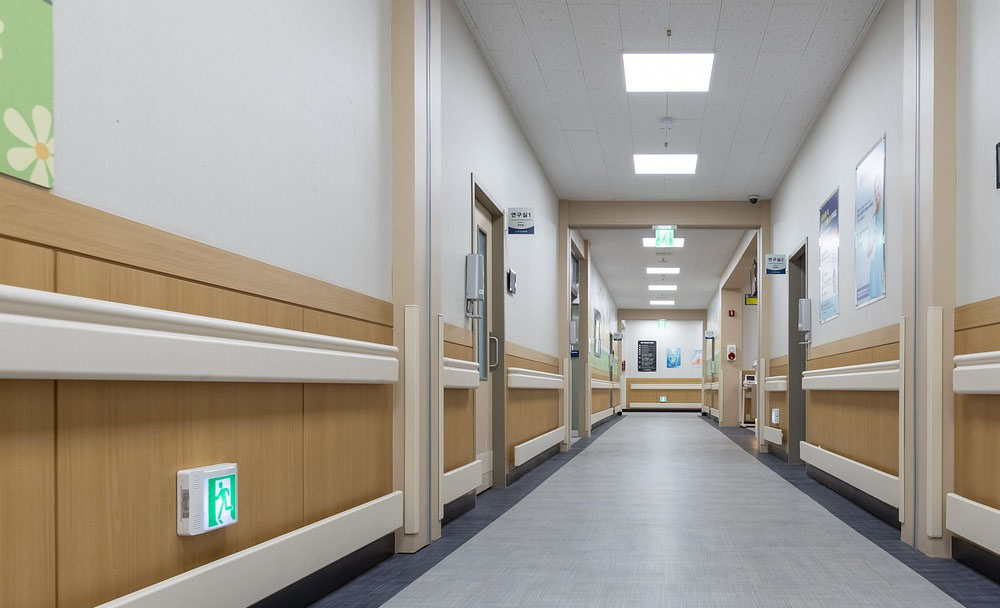 The Benefits of Hospital Automatic Doors: Enhancing Efficiency and Safety
The Benefits of Hospital Automatic Doors: Enhancing Efficiency and Safety -
.jpg) The Best Bathroom Door Manufacturers - Unlocking Endless Possibilities!
The Best Bathroom Door Manufacturers - Unlocking Endless Possibilities! -
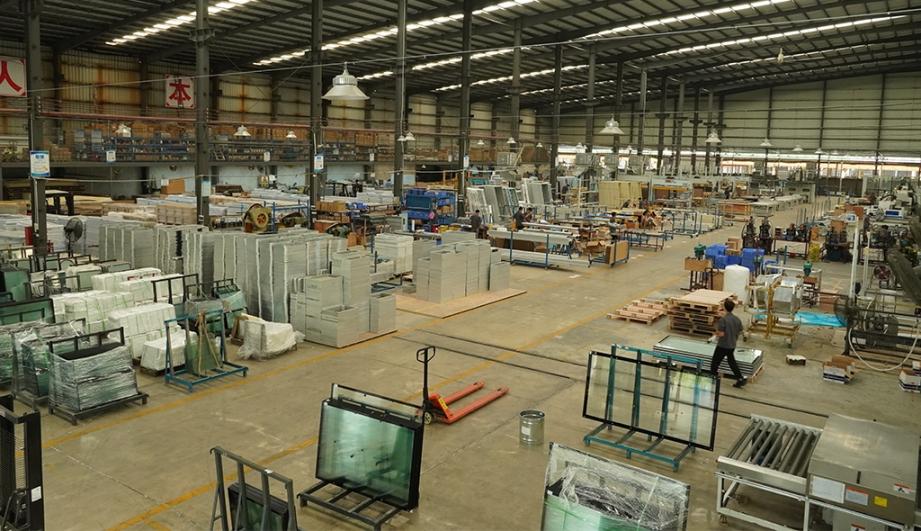 Unlock the Possibilities with AJ Manufacturing Doors
Unlock the Possibilities with AJ Manufacturing Doors -
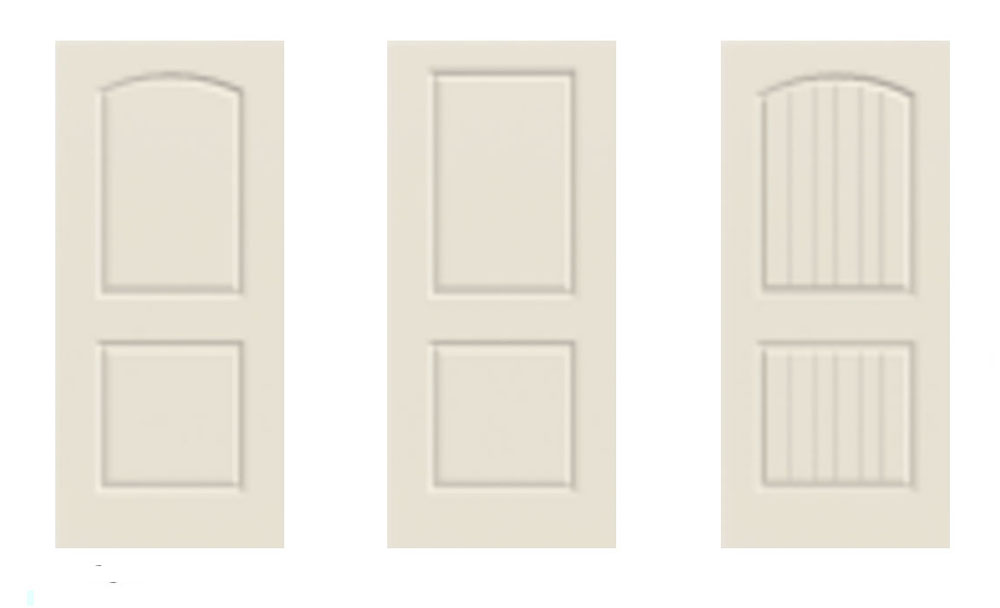 Make a Statement with Manufactured Home Interior Doors!
Make a Statement with Manufactured Home Interior Doors! -
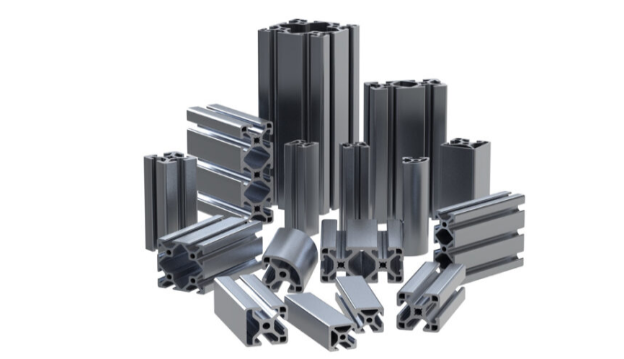 what is aluminum profile? Aluminum Profiles for Your Home is the best option
what is aluminum profile? Aluminum Profiles for Your Home is the best option
-
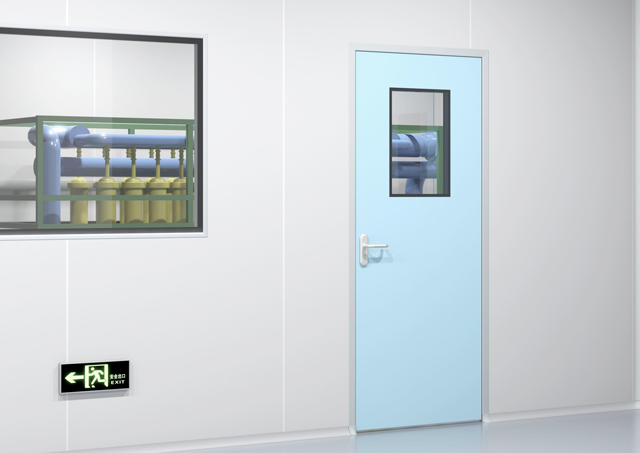 Next-Gen Medical Cleanroom Access: Introducing the Cleanroom Steel Door Solution
Next-Gen Medical Cleanroom Access: Introducing the Cleanroom Steel Door Solution -
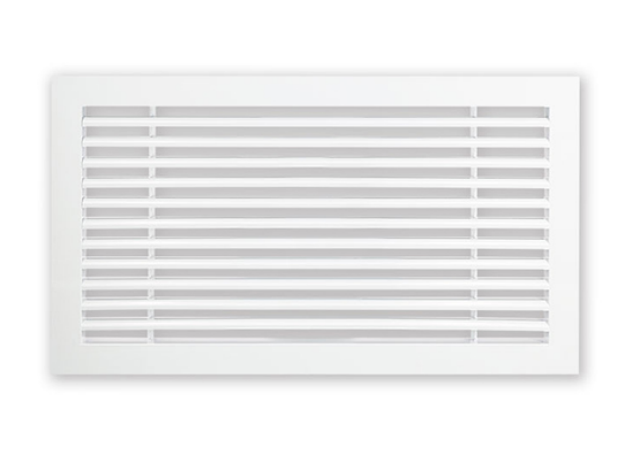 Linear Bar Grille Air Conditioning Diffuser with 0° Angle Blades for Perfect Airflow
Linear Bar Grille Air Conditioning Diffuser with 0° Angle Blades for Perfect Airflow -
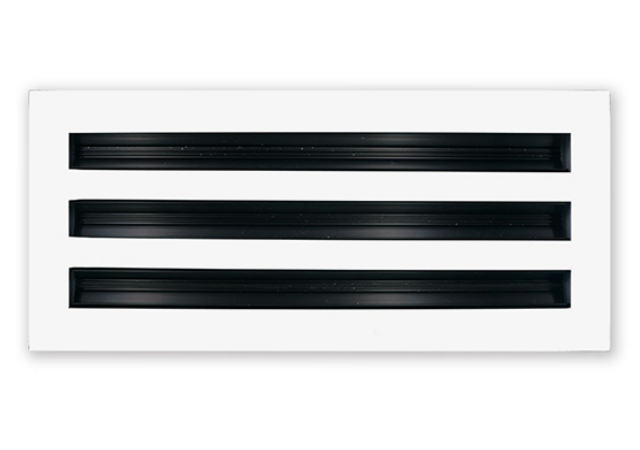 The Sleek and Efficient Linear Slot Diffuser for Air Vent
The Sleek and Efficient Linear Slot Diffuser for Air Vent -
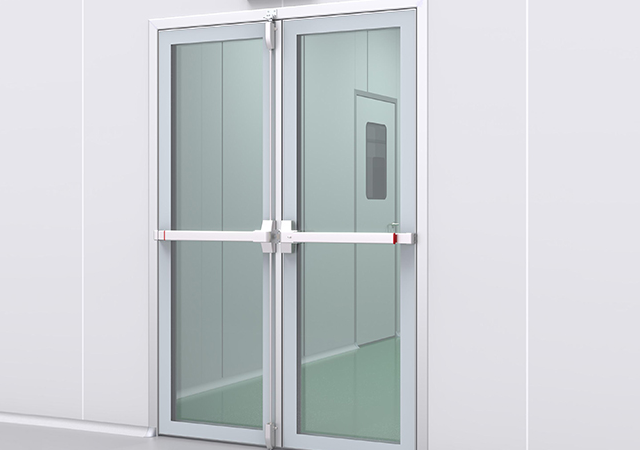 Double-Swing Glass Doors - Modern Laboratory Cleanroom Doors
Double-Swing Glass Doors - Modern Laboratory Cleanroom Doors -
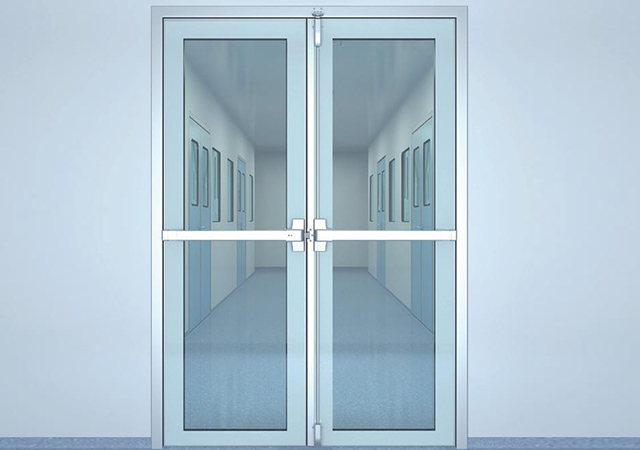 Superior Aluminium Glass Swing Door - Pharmaceutical Cleanroom Door
Superior Aluminium Glass Swing Door - Pharmaceutical Cleanroom Door -
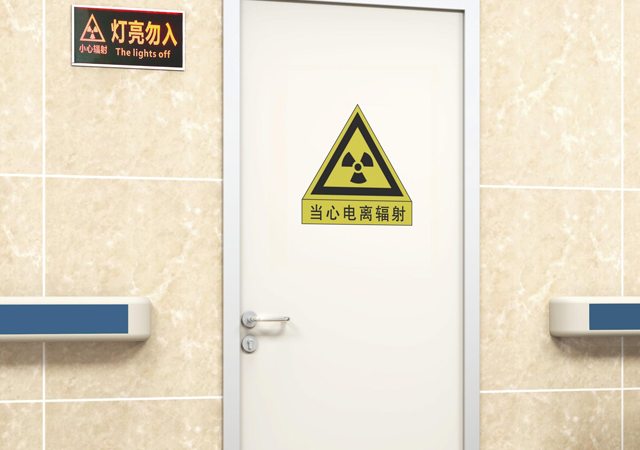 E-ZONG Leads the Way in China's Medical Lead Protection Doors: Innovation for Safety and Efficiency
E-ZONG Leads the Way in China's Medical Lead Protection Doors: Innovation for Safety and Efficiency -
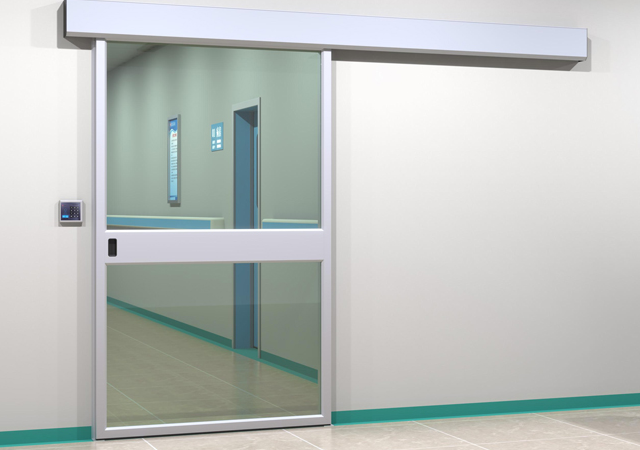 E-ZONG: Leading the Suppliers of Glass Airtight Automatic Doors for Safer, Cleaner Spaces
E-ZONG: Leading the Suppliers of Glass Airtight Automatic Doors for Safer, Cleaner Spaces -
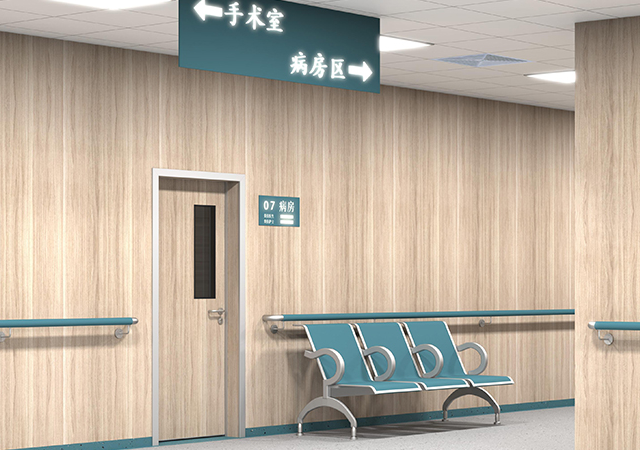 How Wall Air-Tight Swing Doors Ensure Clean Environments With Secure & Silent
How Wall Air-Tight Swing Doors Ensure Clean Environments With Secure & Silent -
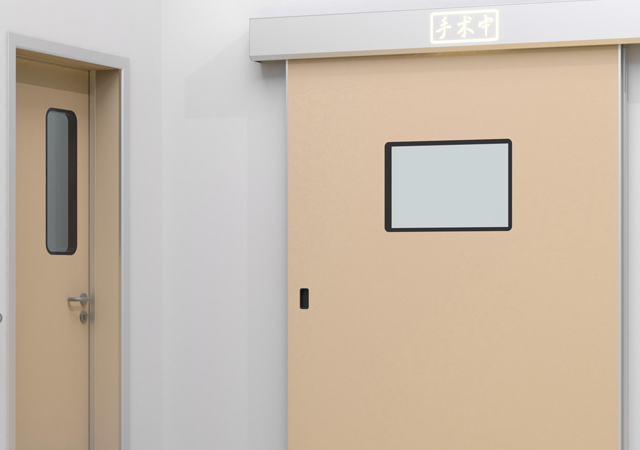 Seamless Automatic Cleanroom Sliding Doors: Smooth, Safe, and Hygienic Solutions
Seamless Automatic Cleanroom Sliding Doors: Smooth, Safe, and Hygienic Solutions -
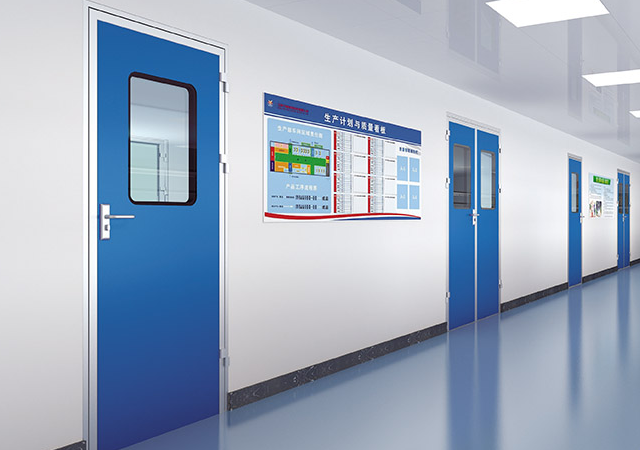 Elegant & Durable: Premium Swing Door Protection for Hospitals
Elegant & Durable: Premium Swing Door Protection for Hospitals

Guangzhou Yizhong Aluminum Industry Co., Ltd.
We are always providing our customers with reliable products and considerate services.
We are always providing our customers with reliable products and considerate services.
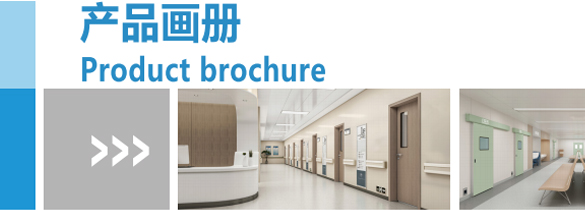
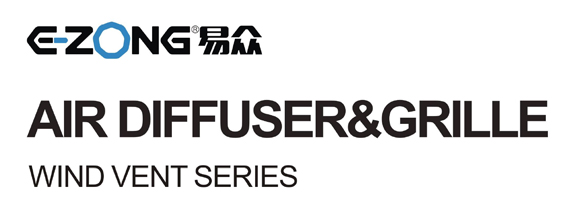

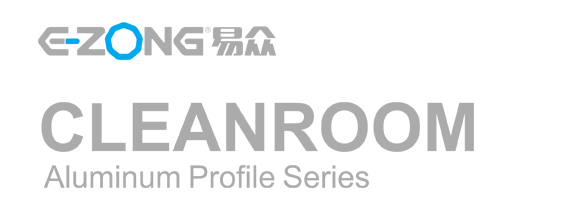






Speak Your Mind